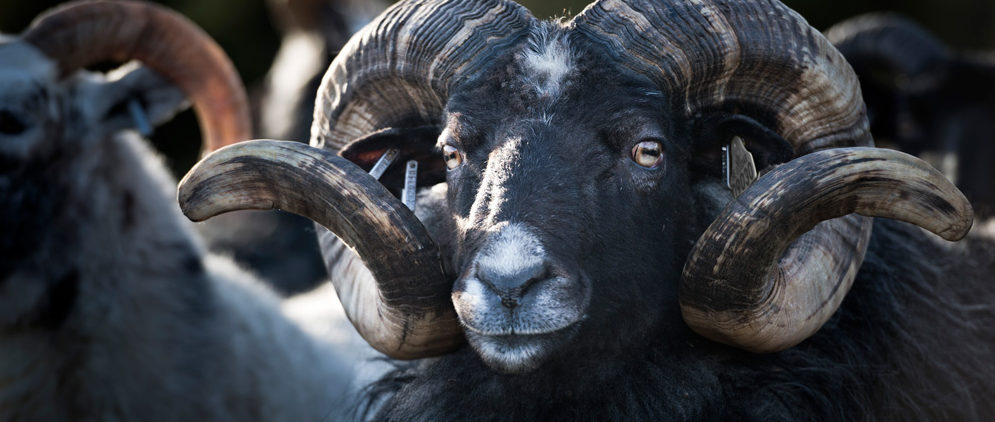It is almost impossible to buy traditional locally produced foods in Swedish grocery stores. This way Sweden risks to lose a significant part of its cultural heritage. These are the conclusions of the recent survey conducted by Kålrotsakademien (Rutabaga Swedish Academy) among 44 grocery stores around Sweden.
“I personally love the taste of Hånnlamb (“horned sheep”) meat that comes from a rare breed of lamb from Gotland. It is the flavour of home for me. I also fancy Spettekaka, a potato flour cake local to southern Sweden and Upplandskubb, a unique rye bread loaf boiled on the stove,“ says Martin Ragnar, the founder of Kålrotsakademien. He has a PhD in Pulp and Paper Industry and is an author of several books about Swedish food history and culture.
Kålrotsakademien was founded in 2015 with a goal to promote Swedish food heritage. It is also when the members of the academy started to work on the Cultural Grocery Bag project. “Of course, there are many food stuffs that one might consider culturally typical, but we decided to only focus on foods that have been internationally recognised as having a definitively Swedish cultural heritage,“ explains Martin.
Martin and his colleagues fear traditional foods that define Swedish culture can disappear because the demand for them is very low and it is hard to buy them in the major supermarket chains, like ICA, Coop and Hemköp.
Working in line with the EU’s quality system certification marks such as PDO (protected designation of origin) and PGI (protected geographical indication) as well as with the Slow Food’s Arc of Taste, Kålrotsakademien identified 36 products that belong to the Swedish Cultural Grocery Bag. After that the team looked for these products in the grocery stores around Sweden. Their review revealed that 17 of the products were not offered by any shop and none of the shops had all the 36 products on their shelves. Only 8% of the shops sold 3 out of 36 products. Most frequently present products are Svecia cheese and brown beans from Öland. The shop that sold most traditional foods had only 9 items on offer.
Historically Swedish grocery shops had much more local suppliers and hence reflected regional culture much better. However, during the past decades supply chain centralisation has increased and now retailers look for bigger suppliers and better deals. Meanwhile, sustainable food system is not only about cheap prices. Healthy ecosystems, local jobs, cultural heritage and agrobiodiversity have a role to play too. All of these will suffer if there is no demand for local traditional foods.
“Nobody would tolerate if the Eiffel Tower is demolished, so why is it ok when it comes to the food stuff?” asks Martin. Food is the strongest manifestation of our culture, it is a cultural practice that we do several times a day. In fact, French cuisine has already been added to the UNESCO’s Intangible Cultural Heritage list, sending a strong message that food is a cultural practice and needs to be preserved, just like sites of cultural value and great natural beauty.
Cultural Grocery Bag project is a way to protect and promote culturally significant food products. This way consumers and retailers can learn what these foods are and where to get them. Hopefully, it will spark interest and demand as well as production and consumption, so unique food traditions continue to live.
The biodiversity of the Nordic Countries will be on display at Terra Madre Nordic event which will take place in Copenhagen during April 27-29, 2018. Come and discover the variety of the North!
